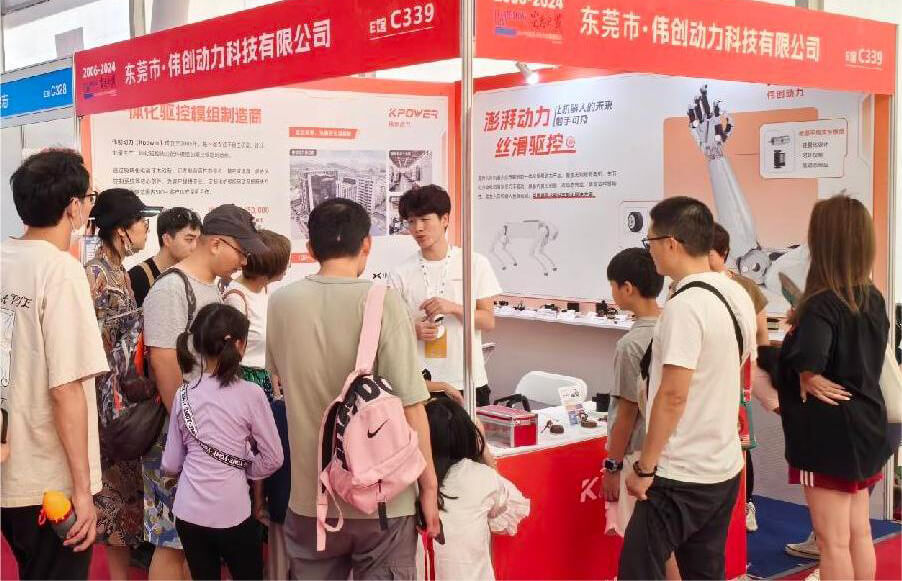The Fascinating World of Servo Motors and Arduino
Imagine a tiny robotic arm smoothly reaching out to grasp an object, or a drone tilting its camera with precision. All these marvels rely heavily on a component you might not think twice about— the servo motor. Tiny but mighty, servo motors are pivotal in creating movement with accuracy, making them the heartbeat of countless DIY projects, robotics, and automation systems.

Understanding the Basics
At its core, a servo motor is a rotary actuator that allows for precise control of angular position. Unlike regular motors that simply spin freely, servo motors are equipped with a built-in feedback mechanism—a potentiometer—that tells the motor exactly where it is. This keeps the servo in the right position according to commands, which makes it ideal for applications requiring exact movement.
What makes servo motors particularly appealing for hobbyists and professionals alike is their ease of control. They usually operate within a specific voltage range—commonly 4.8V to 6V—and respond accurately to Pulse Width Modulation (PWM) signals from microcontrollers like Arduino.
Getting Started: Why Arduino?
Arduino offers an incredible platform for controlling servo motors because of its user-friendly environment and vast community. Whether you're a beginner or an experienced maker, Arduino’s simplicity means you can get started quickly and see results in minutes.
Control of a servo motor involves sending it the right PWM signal, which tells the motor where to position itself. For example, a pulse of 1 millisecond might move the servo to its 0-degree position, while a pulse of 2 milliseconds moves it to 180 degrees. By adjusting these pulses, you can achieve an infinite range of intermediate positions.
Connecting Your Servo Motor
Getting your servo motor wired up is straightforward:
Power (usually red wire) to the Arduino 5V pin Ground (black or brown wire) to Arduino GND Control signal (yellow or white wire) to any PWM-enabled digital pin on Arduino (like pin 9)
Make sure your servo’s power requirements align with your Arduino's capabilities—sometimes, servos draw more current than the board can supply, so using an external power source is recommended for larger models.
Writing Your First Arduino Servo Program
The most popular library for controlling servos in Arduino is the Servo library, which simplifies communication and control. Here's a quick look at a basic example:
#include Servo myServo; // create servo object to control a servo void setup() { myServo.attach(9); // attaches the servo on pin 9 } void loop() { myServo.write(0); // tell servo to go to position 0 degrees delay(1000); // wait 1 second myServo.write(90); // go to 90 degrees delay(1000); // wait 1 second myServo.write(180); // go to 180 degrees delay(1000); // wait 1 second }
This simple code demonstrates moving the servo to different positions with pauses in between, giving you a basic understanding of how to control movement.
Customizing Your Projects
Once you've grasped the basics, the possibilities expand dramatically:
Making robotic arms with multiple servos controlling each joint Creating pan-and-tilt camera systems for surveillance or photography Automating models or miniature vehicles Designing interactive art installations that respond to user input
You can even integrate sensors (like distance or light sensors) to make your projects autonomous. The key is understanding how to modify PWM signals, handle multiple servos, and coordinate movements effectively.
Extensions and Advanced Techniques
For those eager to push the boundaries:
Use keyboard or smartphone controls to manipulate servos remotely Implement feedback loops to make movements more precise Combine servo control with other actuators—like DC motors or stepper motors—for complex machines Develop custom libraries or algorithms to automate sequences or perform smooth continuous rotations
In subsequent discussions, we'll explore more advanced programming concepts, troubleshoot common issues, and share inventive project ideas that showcase the full potential of "servo motor code Arduino."
Leveraging innovations in modular drive technology, Kpower integrates high-performance motors, precision reducers, and multi-protocol control systems to provide efficient and customized smart drive system solutions.




































